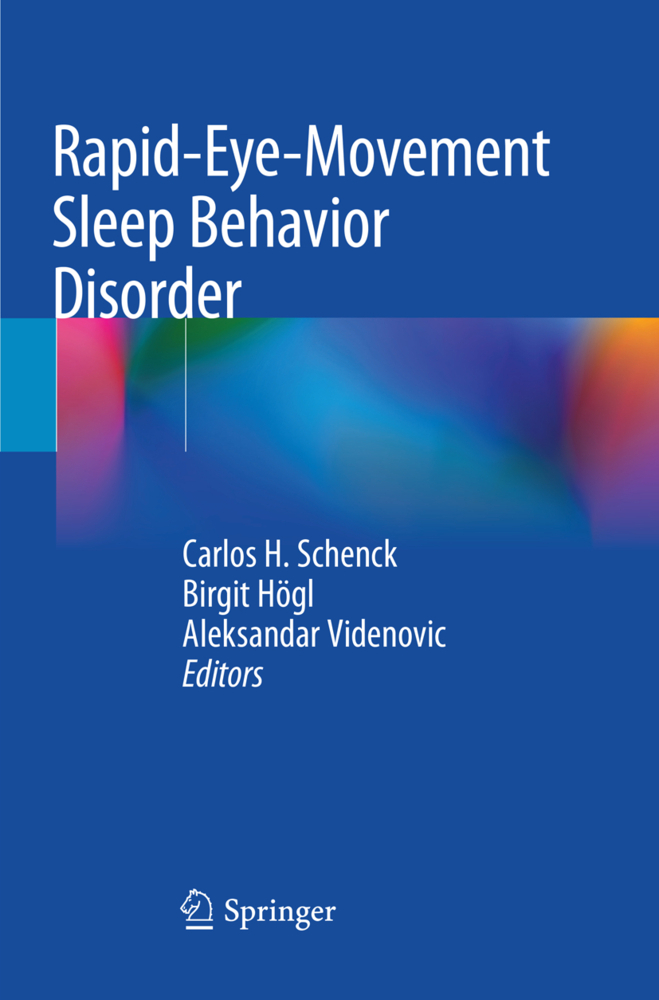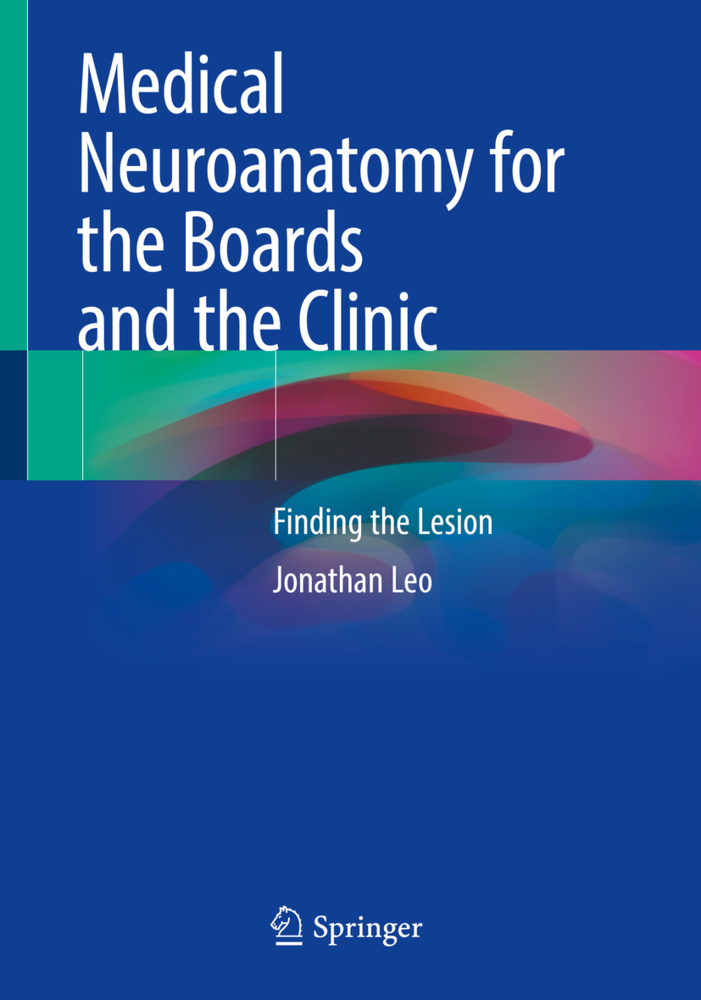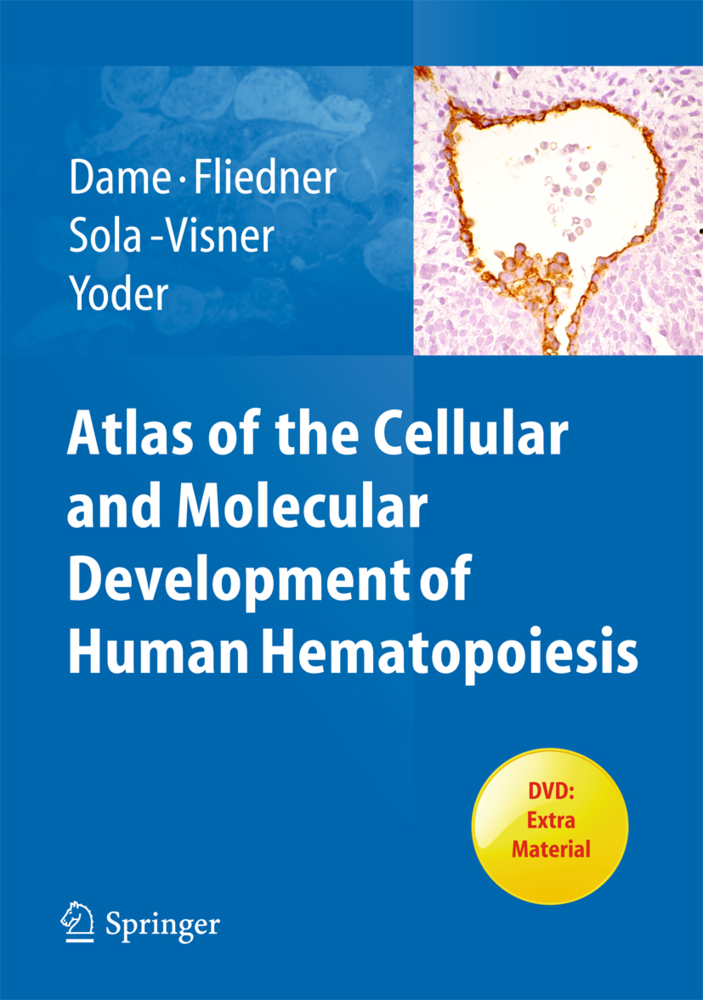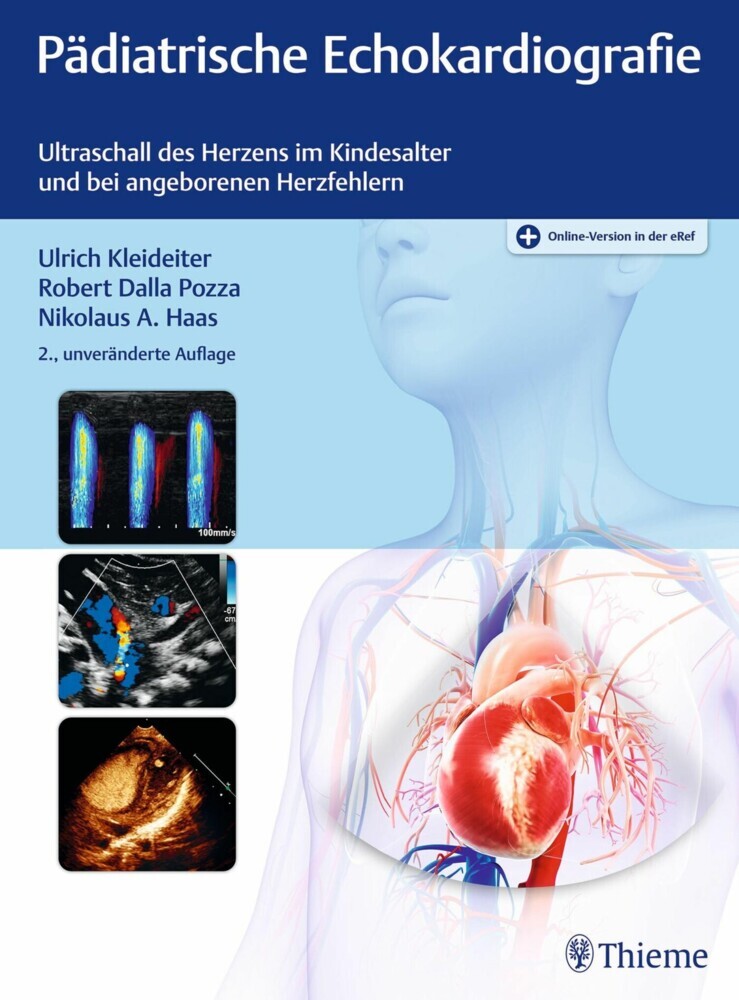Rapid-Eye-Movement Sleep Behavior Disorder
Rapid-Eye-Movement Sleep Behavior Disorder
This book describes a sleep disorder belonging to the category of parasomnias (i.e. the sleep behavioral and experiential disorders) characterized by abnormal vocal and motor behaviors in the context of vivid dreams and loss of the customary muscle atonia during the stage of sleep called REM sleep. REM-atonia - one of the defining features of REM sleep, along with rapid-eye-movements and a highly activated brain state - serves a protective function, preventing the dreamer from acting-out dreams and becoming injured. REM sleep behavior disorder (RBD) was first described in 1986 by Schenck and colleagues; since then the understanding of the condition has increased exponentially, also pointing out its strong association with the development of neurodegenerative disorders characterized by alpha synuclein deposition, such as Parkinson's disease, Dementia with Lewy bodies, and Multiple System Atrophy. Furthermore, RBD is now considered one of the earliest markers of ongoing alpha synuclein neurodegeneration, and provides a window of opportunity for testing disease modifying therapies that may slow down or halt the progression of these disorders for which there is currently no cure.
Additionally, RBD is today known to be present in more than 50% of patients with narcolepsy-cataplexy, and can also be triggered by the most commonly prescribed antidepressant medications (e.g. SSRIs, venlafaxine). RBD has been documented as occurring, with variable frequency, with virtually every category of neurologic disease and has also helped expand the field of dream research.
The volume Editors have pioneered scientific and clinical advances in the field and, partnering with leading sleep clinicians and researchers on this book, have produced an invaluable guide to specialists in sleep medicine, neurology, psychiatry and psychology. There are also strong contributions in this book by leading basic science researchers, and so this book should also appeal to neuroscientists. As stated in the book, "RBD is situated at a strategic and busy crossroads of sleep medicine and the neurosciences. RBD offers great breadth and depth of research opportunities, including extensive inter-disciplinary and multinational research opportunities...RBD is an 'experiment of Nature' in which knowledge from the study of motor-behavioral dyscontrol during REM sleep, with dream-enactment, has cast a broad and powerful light on a multitude of Central Nervous System disturbances, their evolution, and their comorbidities."
Foreword
Part I. Introduction
RBD: Historical Perspective
The Human Dimension of RBD
The Foundation of the International RBD Study Group
Part II. RBD: Clinical Aspects
Clinical Spectrum
Idiopathic (cryptogenic) RBD
Idiopathic RBD
Secondary RBD
RBD Associated With Parkinson's Disease and Multiple System Atrophy
RBD and Dementia with Lewy Bodies
RBD and Non-Synuclein Neurodegenerative Disorders: A Critical Appraisal
RBD Associated With CNS Autoimmune Diseases and Paraneoplastic Disorders
Lesional RBD
RBD, Antidepressant Medications and Psychiatric Disorders
RBD in Narcolepsy-Cataplexy
Acute RBD
Physiological Substrates of RBD Subtypes
RBD: Age and Gender Implications
RBD in Childhood and Adolescence
RBD in Adults Under 50 Years Old
RBD: Gender implications
Dreams and RBD
RBD: A Window Into the Dreaming Process
Diagnosis
Diagnosis of RBD
Instruments for Screening, Diagnosis and Assessment of RBD Severity and Monitoring Treatment Outcome
PSG findings in RBD
Video Analysis of Behaviors and Movements
Clinical Vignettes
Illustrative, Unusual, and Challenging RBD cases
Therapy
Management of a Patient with RBD
Melatonin therapy of RBD
Clonazepam and Other Therapies of RBD
Differential Diagnosis and Related Disorders
RBD Mimics
Parasomnia Overlap Disorder: RBD and NREM Parasomnias
Status Dissociatus and Its Relation to RBD
Clinical Research in RBD
Imaging
Activation of the Visual and Motor Systems During REM sleep and Implications for RBD
Brain Imaging of RBD
Neurophysiology
The Electromyographic Diagnosis of REM Sleep Without Atonia and RBD
Autonomic Function
RBD and the Autonomic Nervous System
Cardiac Scintigraphy in RBD
Neuropsychological Aspects
Cognition in RBD
Impulse Control Disorders and Other Neuropsychiatric Features in RBD
Contemporary Clinical Issues
Biomarkers of Neurodegenerative Disease in Idiopathic RBD
RBD, Gastric Peptides, and Gastric Motility
Gait and Postural Disorders in RBD
H1N1 Influenza Infection and H1N1 Vaccination
Vaccination: Implications for Narcolepsy-RBD
Part III. RBD: Basic Science
REM Sleep Physiology
REM Sleep Physiology and Implications for RBD
Pathology
Neuropathology of RBD
Genetics
Genetics of RBD
Animal Models of RBD
Animal Models of RBD
Breakdown in REM Sleep Circuitry Underlies RBD
Part IV. Neuroprotection and Disease Modification
Clinical Trial Design in RBD - Challenges and Opportunities
Part V. RBD: Future Directions in Clinical Care and Research.
Schenck, Carlos H.
Högl, Birgit
Videnovic, Aleksandar
| ISBN | 978-3-030-07945-1 |
|---|---|
| Artikelnummer | 9783030079451 |
| Medientyp | Buch |
| Copyrightjahr | 2018 |
| Verlag | Springer, Berlin |
| Umfang | XX, 678 Seiten |
| Abbildungen | XX, 678 p. 59 illus., 20 illus. in color. |
| Sprache | Englisch |









